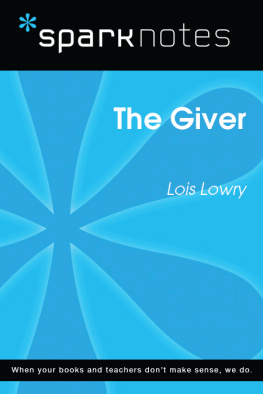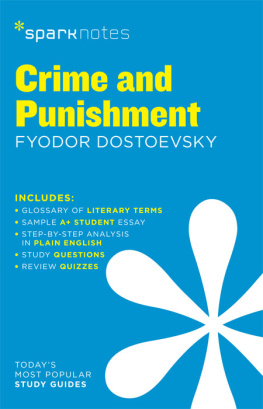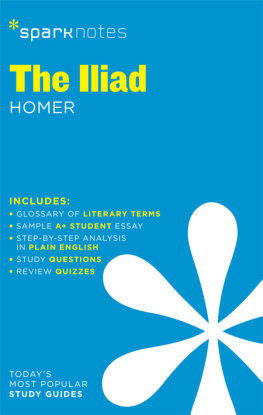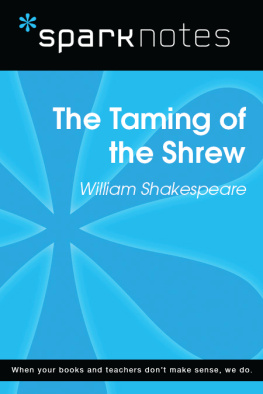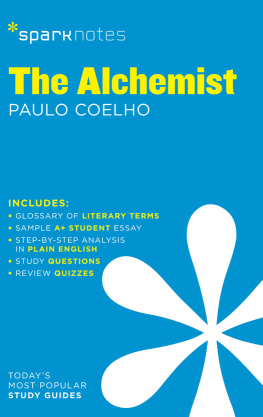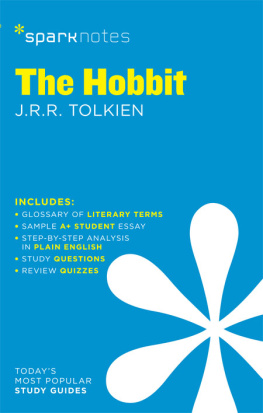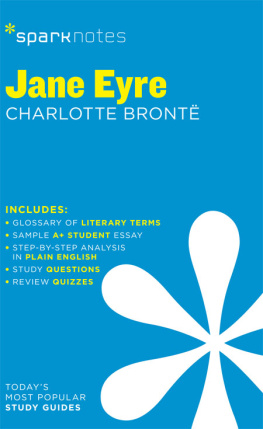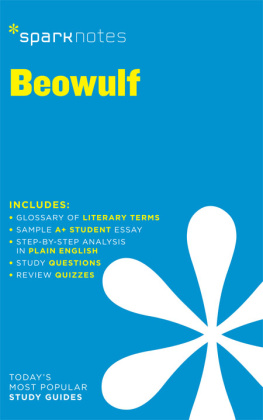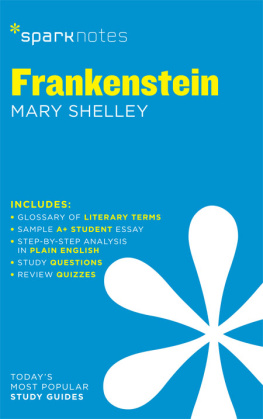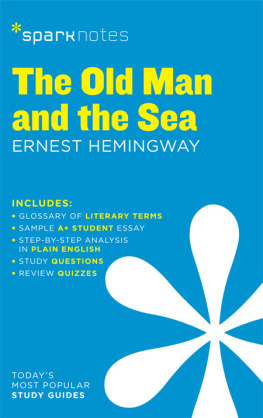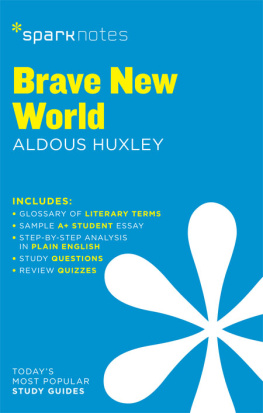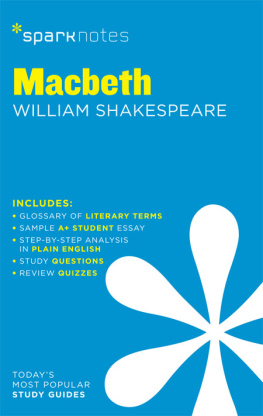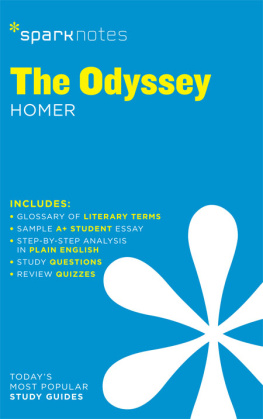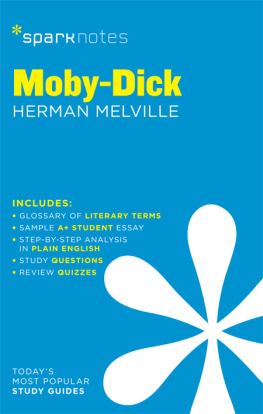The Giver
Lois Lowry
Context
L ois lowry was born in 1937 in Honolulu, Hawaii. Because her father was in the army, Lowry moved around as a child. She lived in several different countries, including Japan. She attended Brown University, where she was a writing major, but left college before graduation to get married. Lowrys marriage did not last, but she had four children who became a major inspiration for her work. She finished her college degree at the University of Maine and worked as a housekeeper to earn a living. She continued to write, however, filled with ideas by the adventures of her children. In addition to working on young adult novels, Lowry also wrote textbooks and worked as a photographer specializing in childrens portraits.
For her first novel, A Summer to Die, Lowry received the International Reading Association Childrens Book Award in 1978 . The novel tells the story of a thirteen-year-old girls complex feelings toward her older sister, who is dying. Lowry has said that she does not like to include directly autobiographical information in her books, but it is possible that some of Lowrys experience seeped into A Summer to Die, as Lowrys own sister died of cancer.
Since then, Lowry has written more than twenty books for young adults, including the popular Anastasia series and Number the Stars, which won the Newbery Medal and the National Jewish Book Award in 1990 . She was inspired to write The Giverwhich won the 1994 Newbery medalafter visiting her elderly father in a nursing home. He had lost most of his long-term memory, and it occurred to Lowry that without memory there is no longer any pain. She imagined a society where the past was deliberately forgotten, which would allow the inhabitants to live in a kind of peaceful ignorance. The flaws inherent in such a society, she realized, would show the value of individual and community memory: although a loss of memory might mean a loss of pain, it also means a loss of lasting human relationships and connections with the past.
The society Lowry depicts in The Giver is a utopian societya perfect world as envisioned by its creators. It has eliminated fear, pain, hunger, illness, conflict, and hatredall things that most of us would like to eliminate in our own society. But in order to maintain the peace and order of their society, the citizens of the community in The Giver have to submit to strict rules governing their behavior, their relationships, and even their language. Individual freedom and human passions add a chaotic element to society, and in The Giver even the memory of freedom and passion, along with the pain and conflict that human choice and emotion often cause, must be suppressed. In effect, the inhabitants of the society, though they are happy and peaceful, also lack the basic freedoms and pleasures that our own society values.
In this way, The Giver is part of the tradition of dystopian novels written in English, including George Orwells 1984 and Aldous Huxleys Brave New World. In these novels, societies that might seem to be perfect because all the inhabitants are well fed or healthy or seemingly happy are revealed to be profoundly flawed because they limit the intellectual or emotional freedom of the individual. 1984 and Brave New World both feature characters who awaken to the richness of experience possible outside the confines of the society, but they are either destroyed by the society or reassimilated before they can make any significant changes. The books function as warnings to the reader: do not let this happen to your society.
The message of The Giver is slightly more optimistic: by the end of the novel, we believe that Jonas has taken a major step toward awakening his community to the rich possibilities of life. The novel is also slightly less realistic: although the technological advances that allow the community to function are scientifically feasible, the relationship between Jonas and the Giver has magical overtones. But Lowrys dystopian society shares many aspects with those of 1984 and Brave New World: the dissolution of close family connections and loyalty; the regulation or repression of sexuality; the regulation of careers, marriages, and reproduction; the subjugation of the individual to the community; and constant government monitoring of individual behavior.
The Giver was published in 1993 , a time when public consciousness of political correctness was at a peak, and this historical context is interestingly echoed in some aspects of the society that Lowry portrays. One of the most prominent debates surrounding political correctness wasand isthe value of celebrating differences between people versus the value of making everyone in a society feel that they belong. The society in The Givers emphasis on Sameness can be seen as a critique of the politically correct tendency to ignore significant differences between individuals in order to avoid seeming prejudiced or discriminatory. At the same time, the society refuses to tolerate major differences between individuals at all: people who cannot be easily assimilated into the society are released. Lowry suggests that while tolerance is essential, it should never be achieved at the expense of true diversity.
In The Giver, Lowry tackles other issues that emerged as significant social questions in the early 1990 s. The anti-abortion versus pro-life controversy raged hotly, and new questions arose concerning the ethics of a familys right to choose to end the life of a terminally ill family member (euthanasia) and an individuals right to end his or her own life (assisted suicide). Questions about reproductive rights and the nature of the family unit also arose due to advances in genetic and reproductive technology. Books such as Hillary Clintons It Takes a Village and increased press coverage of single parents, extended families, gay parents, and community child-rearing raised complex questions about the forms families could take and the ways they could work.
Lowrys willingness to take on these issues in The Giver, as well as her insistence on treating all aspects of life in the community, has made The Giver one of the most frequently censored books in school libraries and curricula. Some parents are upset by the novels depictions of sexuality and violence, and feel that their middle-school and high-school aged children are unprepared to deal with issues like euthanasia and suicide. Ironically, their desire to protect their children from these realities is not dissimilar to the novels communitys attempts to keep its citizens ignorant aboutand safe fromsex, violence, and pain, both physical and psychological.
Plot Overview
T he giver is written from the point of view of Jonas, an eleven-year-old boy living in a futuristic society that has eliminated all pain, fear, war, and hatred. There is no prejudice, since everyone looks and acts basically the same, and there is very little competition. Everyone is unfailingly polite. The society has also eliminated choice: at age twelve every member of the community is assigned a job based on his or her abilities and interests. Citizens can apply for and be assigned compatible spouses, and each couple is assigned exactly two children each. The children are born to Birthmothers, who never see them, and spend their first year in a Nurturing Center with other babies, or newchildren, born that year. When their children are grown, family units dissolve and adults live together with Childless Adults until they are too old to function in the society. Then they spend their last years being cared for in the House of the Old until they are finally released from the society. In the community, release is death, but it is never described that way; most people think that after release, flawed newchildren and joyful elderly people are welcomed into the vast expanse of Elsewhere that surrounds the communities. Citizens who break rules or fail to adapt properly to the societys codes of behavior are also released, though in their cases it is an occasion of great shame. Everything is planned and organized so that life is as convenient and pleasant as possible.

